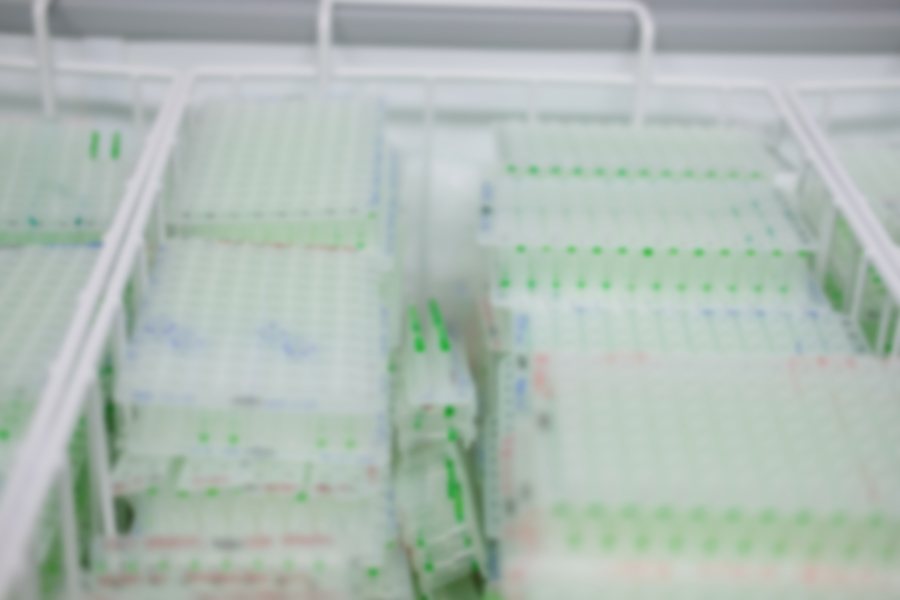Is faster better? Towards development of quick-growing jute
In agriculture, cash crops include those plants that are grown as raw materials for manufacturing industries. Jute is one such important cash crop that is grown in tropical countries for its bast fibre, whose wide-ranging properties make it suitable for multiple uses in everyday lives. In Bangladesh, jute is grown alongside food crops such as rice in areas where land usage is constrained. Given that jute and rice take overlapping times to grow (up to five months), the timings of growing these crops on limited land puts intense financial pressures on the farmer. The solution might lie in cultivating quick-growing crops with shorter life cycles. With jute, this is currently not possible, given that there are only two cultivated varieties. However, with advances in genome sequencing, identification of growth-related genes makes it possible to generate quick-growing jute. A team of BARJ Project at the Bangladesh Jute Research Institute have recently identified genes in the biosynthetic pathway of the plant growth hormone, gibberellin.
Hormones help
Plants cannot move from place to place, so they are able to sense and respond to their environment in special ways. For example, plants can sense light, gravity, touch, and attack by other organisms, to name a few stimuli. They do this via special chemical molecules called hormones within their cells, that act as messengers in very small amounts. Just like animals produce hormones to control their behaviour, similarly, plants produce hormones that affect their general functioning. In order to respond to the stimuli, the hormones move between cells to transmit the signal, so that the corresponding tissues can respond. For example, when light is perceived by the stem, a hormone is produced by cells on one side that causes unequal cell growth, and therefore bending of the stem towards the light source.

Production of plant hormones occurs under very strict control. Hormones are produced in active growing regions of the plant, before the cells develop specialised functions. The cells that produce the hormones contain specific genes that regulate the synthesis of each hormone. The genes encode information that results in the production of specific proteins, which in turn function in processes that result in the biosynthesis of the hormone.
Given that jute and rice take overlapping times to grow (up to five months), the timings of growing these crops on limited land puts intense financial pressures on the farmer.
The key to growth is gibberellin
Almost a century ago, Japanese scientists discovered a hormone produced by the fungus Gibberella fujikorai that infected rice plants and caused abnormal growth. It was later discovered that plants also produced this hormone, named gibberellin (GA). There are more than 100 types of GAs identified from plants, bacteria and fungi, yet there are only four that are biologically active.

GAs regulate a wide variety of plant processes, including seed germination, cell growth, flower development and ageing of fruits. Importantly, GA controls stem elongation; this was the main principle that helped the Green Revolution in the 1960s – the discovery of gibberellin biosynthesis genes led to the development of dwarf varieties of crops that did not fall over but resulted in high yield of grains. Therefore, knowledge of genes that regulate GA biosynthesis would also advance breeding techniques in cash crops such as jute, so that the best growth rate can be achieved by the farmer.
The GA biosynthetic pathway can be divided into early and late steps. Both of these steps have distinct enzymes that control the step-wise production of GA. The enzymes (which are proteins) control the conversion of one chemical to another, ultimately leading to the formation of biologically active GAs. The late steps are more important than the early steps to synthesise bioactive GAs. Genes encoding the GA biosynthetic enzymes have been identified in several plant species, but in jute this has not been possible until now because of the lack of sequence information.

Reaching golden heights
Jute, otherwise known as the golden fibre, yields fibres that are durable, biodegradable and has a variety of uses, due to it being environmentally friendly. There are only two species of jute that are widely cultivated. Of these, there is no quick-growing variety that can help farmers hasten the growth period of the crop to maximise land usage. With the recent sequencing of the jute genome, there is now a vast resource of information available to facilitate targeted breeding, i.e., choosing traits based on genes that control them. Given that GA controls growth rates of plants, it would be obvious to test the effects of GA, or manipulate genes related to GA biosynthesis, to hasten the growth of jute. However, there has been no identification of genes related to GA metabolism in jute. A team of BARJ Project at the Bangladesh Jute Research Institute have recently studied how GA affects growth of jute plants and identified genes in the GA biosynthetic pathway.
By identifying these key growth regulatory genes, the authors have paved the way forward to breed quick growing varieties of jute.
Growing genes
In recent research by Honi et al. (2020), the effects of external spraying of GA and an inhibitor of GA, paclobutrazol, were examined on the growth of jute plants. The team found that spraying GA increased plant height by increasing the number of nodes (where leaves join to stems) and length of internodes (distance between nodes). In addition, treatment with paclobutrazol reduced plant height, thereby showing that changing the amount of GA in jute plants altered stem lengths. This was an incentive to identify genes regulating GA biosynthesis, so that quick-growing jute varieties could be bred.

Given that GA regulates stem elongation and therefore plant height, the researchers set out to identify genes involved in the GA biosynthetic pathway in jute. Using the sequenced jute genome, they queried the gene database using already known GA biosynthetic genes from other plant species. They thus identified 22 genes from jute involved in the early (four genes) and late (18 genes) steps of the GA biosynthetic pathway. Further work to identify where these genes are expressed (i.e., produced into messages that make proteins) revealed that only some of these genes were expressed in the top growing regions of the plant.
By identifying these key growth regulatory genes, the authors have paved the way forward to breed quick growing varieties of jute. Altering the amounts of these genes would enable the quantity of GA to change, thereby affecting how fast the jute plant would grow. This would facilitate better usage of the limited land available to farmers.

Personal Response
Given that gibberellin also regulates flowering and seed development, how would manipulating the growth of jute plants affect yield?
<> As gibberellin is an important phytohormone which cross talks with many other pathways to conduct different physiological processes of plants it’s really difficult to predict the effects of manipulating endogenous GA quantity. Having said that, as jute is a bast fibre its yield actually depends on its vegetative growth that means bark length and thickness. Jute plant with increased GA content will have a longer stem and internode. Therefore, it is expected that plants with faster growth rate will have positive effects on fibre yield.
Is it more economical to spray jute plants with gibberellin, or to generate new varieties of jute?
<> Spraying is not a sustainable solution, it will require the same spraying cost every year whereas once a transgenic plant is developed it will never require any external treatment. So as a whole, generating a new variety via manipulating gibberellin genes is both an economical and permanent solution.